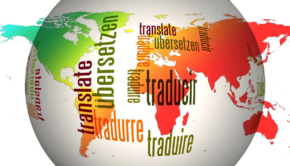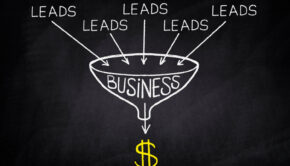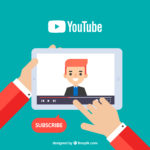A closer look at Marketing Trends for 2021
Marketers face a shifting landscape because of GDPR and laws prohibiting 3rd party data sharing. Companies are facing more and more pressure from regulators on keeping customer information private so that any marketing activity is less intrusive. Search engines like Google have already announced they will stop broadcasting personal information that marketers and ad buyers can bid on in real-time. Without this information, marketers can only infer what the customer’s interests are from desensitized data like location, time of day, aggregated device data.
In places like China, this anonymized data has been the marketing sauce for advertisers for years. Mainly coming from telecom companies who have billing information, call times, browsing data from millions of customers. With this data, marketers cannot see individual customer behavior and activity but they can see the market trends, city or postcode specific activity and aggregated purchase or traffic information.
Have a look at digitogy.eu/no with your traffic tools and look at the trends on this site. They show you a growing site that is building new traffic every month.
The problem with this is that ad buying costs become more expensive as the net is being cast wider as opposed to personalized ad serving. The wider the net, the lower the conversion rates and that means higher bids and click costs for advertisers. When does regulation make things cheaper for businesses? So, what can marketers and brands do in this shifting landscape? Well collecting first-party data becomes more critical and more valuable for the business.
Lead generation through ad campaigns requiring sign up forms, email campaigns and referral incentives to add friends and family will help brands build their own proprietary customer lists, with which they can do anything. As long as the use of data is clearly stated in terms and conditions and the customer has actively opted in. Because marketers still have to abide by the strict consent rules in Data Protection Legislation.
Marketing is ultimately about touch-points for the visitor and their journey to becoming a customer. In the modern world, this means the shift away from old mass media like the television, billboard and print to online and real-time media. Old media was aimed at the masses with little chance to target a group, the best you could hope for was TV scheduling so you could serve kids toy adverts during after school cartoon viewing or newspaper ads with a certain readership relevant ads for their political views or environmental slants. This worked when families gathered around TV’s and printed ads and consumed hours of TV every day and had regular subscriptions to a single newspaper or magazine. In today’s world, these media channels no longer have the pull or audience. The audience is spread much more thinly and increasingly being dominated by on-demand video and social media.
The customers of today spend more time on Facebook than watching TV, or more time using Netflix than terrestrial TV Channels. So, to market to these customers requires many more touchpoints that can hit them and capture their attention sufficiently to register as a “touch”. Because the other big trend is the active attention span. With most new media, the active view or read or listen is measured in seconds rather than minutes or half-hour, 1-hour programs. Capturing the attention of the customer has to be instant and powerful. Or the multiple other interfaces will be bombarding them and distracting their attention. It is not rare for users to now have a TV screen on, a smartphone, and a laptop open with attention being divided between all 3 devices.
A single touchpoint has to capture the user’s attention to register in the first place and it has to move them further along the sales cycle. From discovery, education to trust and finally purchase of the brand’s product or service. The touchpoint number can be as high as 20 in the modern world but rarely less than 5. Think about that, 5 or on average 12 iterations with a user before they become a customer. No one will acquire a new customer after 1 or 2 interactions unless they are very, very lucky. The modern marketer has to prepare and plan for up to 20 interactions to capture a new customer. That does become more expensive and complicated.
By amplifying a message across multiple channels, a marketer can hit the same customer multiple times but with the same message and preparation. And a multi-sensory, multi-channel hit will do much more than a series of messages over time.
Concluding thoughts for the modern marketer are that customer acquisition has to be met with 2 overarching intentions, firstly persistence and secondly the intention to move the customer further along the sales pipeline on each encounter with your brand.
Photo by Austin Distel on Unsplash
















